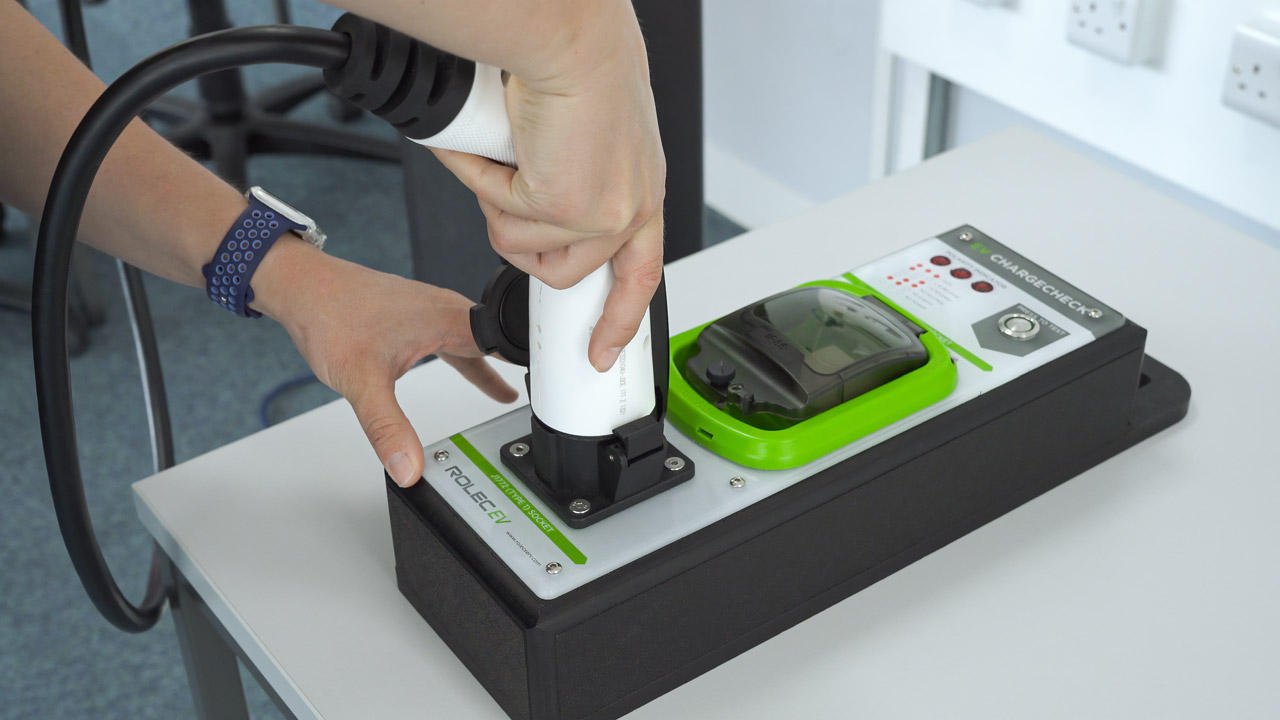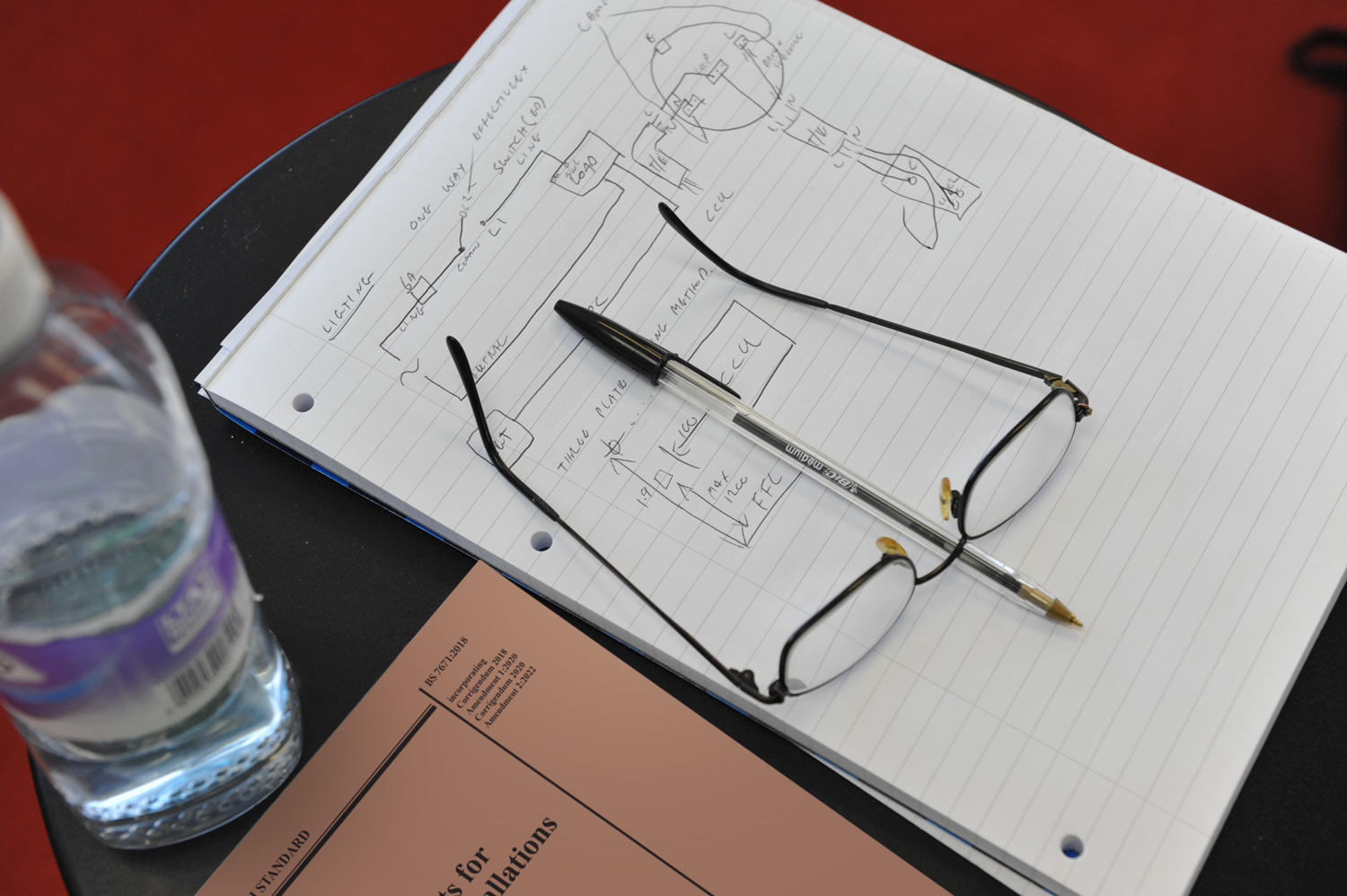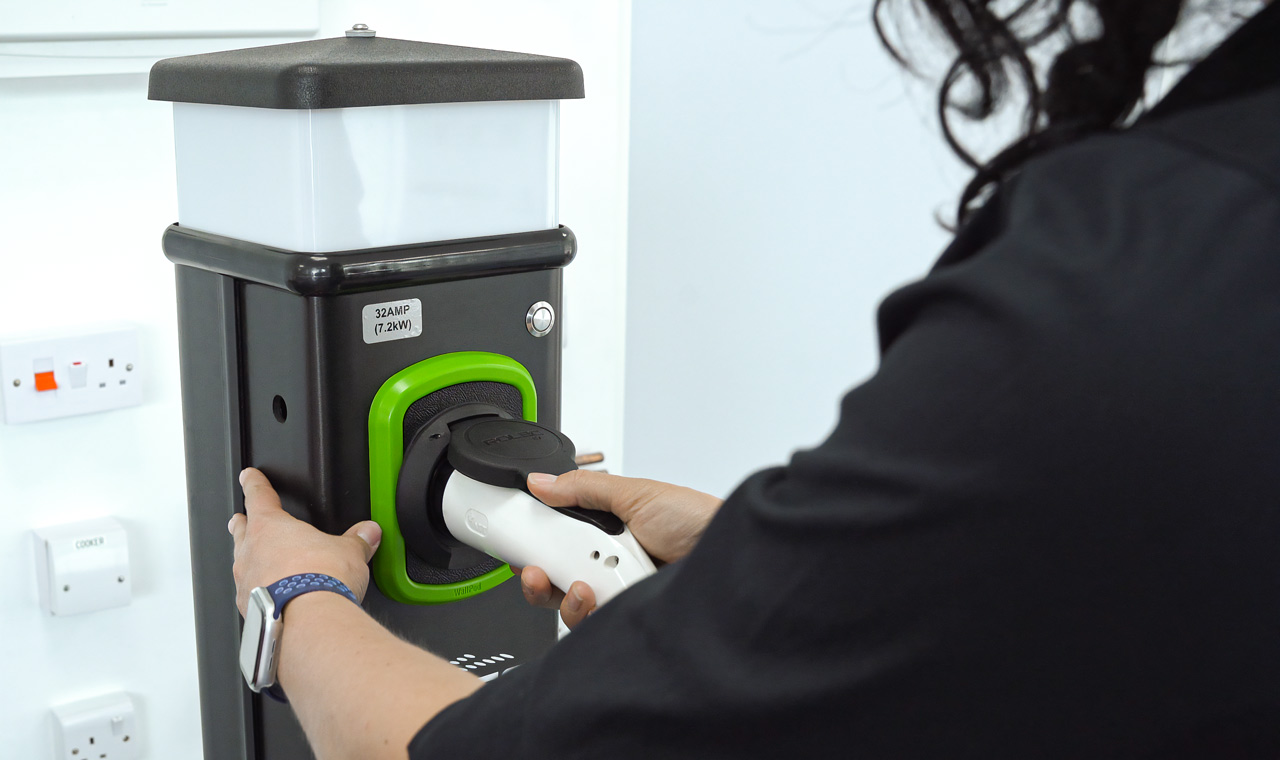Isolation Procedures for Safe Working on Electrical Systems and Equipment
In this article we explain the steps required for the safe isolation procedures which must be followed when working on electrical systems and equipment.
One of the most important parts of this procedure is to ensure you use the right equipment, as failure to do so could result in a circuit inadvertently remaining live, which could result in injury or death.
The Electricity at Work Regulations (EAWR) state that no person shall take part in any work activity unless they possess the necessary technical knowledge and experience in order to prevent danger, or is under suitable supervision.


Locking off kit
Safe isolation procedures are there to ensure that those doing the work and others are not exposed to danger when working on or near live electrical systems. To ensure this, before any plant is inspected, maintained, cleaned or repaired it must first be shut down (where possible) with its energy source(s) locked out and tagged (often referred to as lockout and tagout).
A locking off kit could include the following:
- Padlock
- MCB Isolation locks
- Safety identification tag
- Multi-user hasp
The means of isolation can be an adjacent local isolation device eg. circuit breaker, fuse, socket outlet, fused connection unit, switch-disconnector etc, as appropriate, which is under the direct control of the competent person carrying out the work.
The term isolation means switching off the electrical supply to an installation, equipment or machinery for safety reasons. Isolation is carried out either by switching off the supply via a manual switch or the removal of a main fuse (to be carried out by a DNO approved operator) at the origin rendering the system inactive and safe.
When the electrical supply has been isolated, the means of isolation must then be secured so that the installation/equipment cannot be inadvertently switched on whilst work is being carried out. It is also important to ensure that the correct label is displayed to make others aware if work is being carried out away from the point of isolation.


Health and Safety Executive’s (HSE) Guidance Note GS38 states that an approved voltage indicator or test lamp must be used to test that any installation or equipment is safely isolated or DEAD. It is also good practice to use an approved proving unit which complies with BS EN61243 to ensure the test equipment used is working correctly.
The safe isolation procedure:
- Seek permission from the relevant responsible person to start work as there might be certain vital services that must not be interrupted. In some situations you may also be required to obtain a permit to work
- Identify the point of isolation turn off and lock it off
- Place warning labels to warn others that the electrical installation has been isolated
- Secure the isolation – keep the key to the lock with you at all times
- Prove that your voltage indicator or test lamp are functioning correctly, on a proving unit or a known live source
- Prove the system or equipment is DEAD using an approved voltage indicator or test lamp
- Test the outgoing side of the means of isolation (fuse, main switch, MCB etc) to ensure it is DEAD
- Complete the following tests, depending on the type of supply :
Single phase installations test to confirm that there is no voltage between:
Earth and Line
Earth and Neutral
Neutral and Line
Three phase installations test to confirm that there is no voltage between:
L1 and Earth
L2 and Earth
L3 and Earth
Neutral and Earth
L1 and Neutral
L2 and Neutral
L3 and Neutral
L1 and L2
L1 and L3
L2 and L3 - Re-test the voltage indicator on the proving unit
- Where necessary, when isolating the main source of energy it is also essential to isolate any secondary sources eg. uninterruptible power supplies and microgenerators
- Once the system/equipment is isolated, only then can you begin work
The Electricity at Work Regulations (EAWR) states:
No person shall be engaged in any work activity on or so near any live conductor (other than one suitably covered with insulating material so as to prevent danger) that danger may arise unless –
(a) it is unreasonable in all the circumstances for it to be dead; and
(b) it is reasonable in all the circumstances for him to be at work on or near it while it is live; and
(c) suitable precautions (including where necessary the provision of suitable protective equipment) are taken to prevent injury.
It should be noted that all three conditions must be met in order for work on or near live conductors to be carried out.
Safe isolation procedures save lives
Unfortunately every year people working within the construction industry suffer electrical shocks and serious burns of which sadly some are fatal. This article has briefly touched on safe isolation procedures, however for more in depth information please refer to the HSE’s Electricity at Work – Safe Working Practices (HSG85) and also the best practice guides published by the Electrical Safety First which can be found here.
If you would like to find out more about the courses we offer at Trade Skills 4U please contact our Course Advisors on 0800 856 4448 or visit our electrical courses page.
Below is a list of some of the courses we offer that include the safe isolation procedure are:
- Safe Isolation Course
- Domestic Electrician Course Package
- City & Guilds 4141-01- Electrical Installation Work within a Domestic Dwelling
- Part P Course for Domestic Electrical Installers
- C&G2392-10 Inspection and Testing Course (Initial Domestic)
- C&G2391-52 Inspection and Testing Course (Periodic & Initial)
- C&G2365 Diploma




















